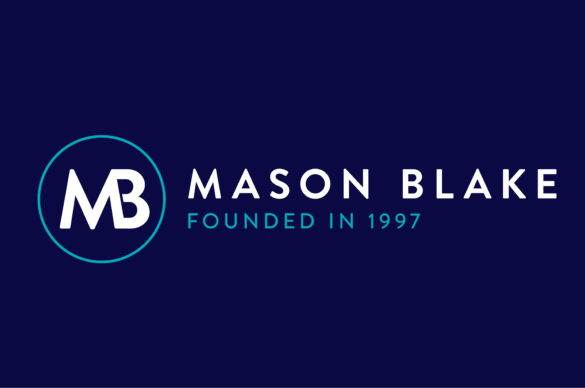dusted / 13 June
Diversity in your roster – how important is it?

Diversity in management and executive teams is crucial because, without it, large portions of markets are left unrepresented. In the UK, women account for just 12% of executive teams, while just 22% of UK companies have executive teams that reflect the racial diversity of the nation. Amazingly, 22% is actually a good score when compared to Brazil (9%) or the US (3%), but it’s still a remarkably small percentage.
The obvious answer can be found in the data. A McKinsey report on 366 companies found that financial returns were better with more ethnically diverse management teams. Credit Suisse published a press release stating that large-cap companies with at least one woman outperform those without by at least 26%. But these studies are based on correlation and correlation doesn’t necessarily equal causality. So, how does diversity help a business?
Well, first of all, the world has become much smaller. Communication and collaboration with international organisations, people, and markets is much easier. This means if your business is filled with people from a variety of backgrounds and cultures, communication abroad could be smoother and new avenues of finding international leads can open up. Then there’s client preference to think about. 70% of women seeking a financial advisor would prefer to work with a woman, so if there is a lack of women if your business, you could miss out on the opportunity to attract that demographic sorely lacking in representation.
We should also look at how the company gets new ideas. Creativity comes from many different places, but if your company is filled to the brim with people of similar backgrounds and experiences, then it’s unlikely that they’ll be able to come up with a truly disparate list of ideas. A report by North Carolina State University looked at the performance of 3,000 publicly traded companies based on a diversity ranking system and found that companies with more diversity have greater innovation. Teams with a broader range of interests, experiences, and backgrounds to draw from are more likely to understand potential clients and tend to be better problem-solvers.
A lot of companies claim that diversifying their roster is important to them – they like to talk the talk. But their clients and market won’t take their word for it unless they can also walk the walk. In a PwC study, it was revealed that 87% of organisations consider diversity a critical factor, but few are acting on that statement. 47% of the study’s respondents believe that diversity is a barrier to career progression. Promises and statements don’t mean anything if you say you support diversity but don’t have any evidence of action taken by your company.
So how can a business encourage diversity in their organisation? The first step is committing to a strategy to get it done. After that, there are a few ways to encourage diversity; an article by Estee Jimerson described several of the best methods:
- Acknowledge unconscious bias
It’s important to understand what unconscious bias is and how it affects our decision-making. Crucially, it is not the same as bigotry. However, it can be just as damaging. Managers might unintentionally favour candidates with a background similar to theirs because it instinctively sounds more trustworthy. By recognising that this subconscious bias exists, it should be easier to try to look at candidates more objectively. - Update benefit packages
It might make sense to offer the same benefits to everyone – after all, this entire blog has been about not showing favour to any particular party. But being fair isn’t the same as seeing everyone as identical. For instance, different generations have different ideas of what an attractive benefits package is. Younger generations are more interested in flexible hours, for instance. If your business is full of people in their 50s and above, perhaps offering benefits targeting younger talent could generate some age diversity. - Put together a diversity and inclusion team
Rather than putting employees on a mandatory diversity training course – which will frame diversity in a negative light – you can generate a team whose job it is to encourage a culture change within the business. This team can create a network of advocates on the ground floor of the company, which is the first step and a major catalyst for a company attempting to shift sentiment.
Diversity and inclusion have been the topic of many a news story in the last few years, most recently the revelation of a gender pay gap of around 17.4% in favour of men. Society has begun to more carefully scrutinise the behind-the-scenes morality of businesses. But a diverse roster isn’t just the morally correct way to run a business, it also makes business sense, with data suggesting that it leads to more productivity and innovation.
If you have any questions about diversifying your roster or are just looking for the perfect candidate for a job, feel free to get in touch with us via our contact page and we’ll be happy to help!

